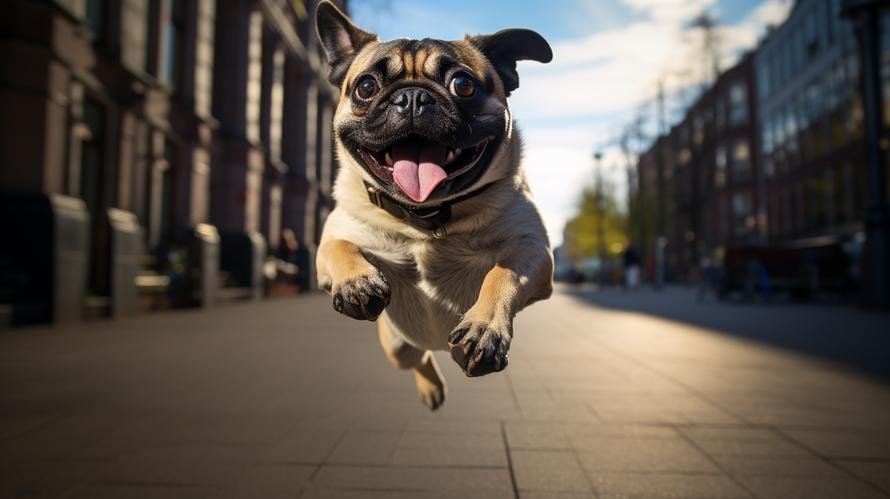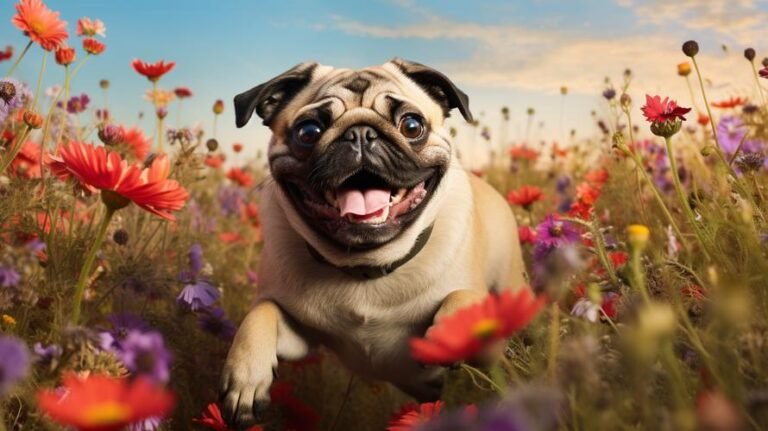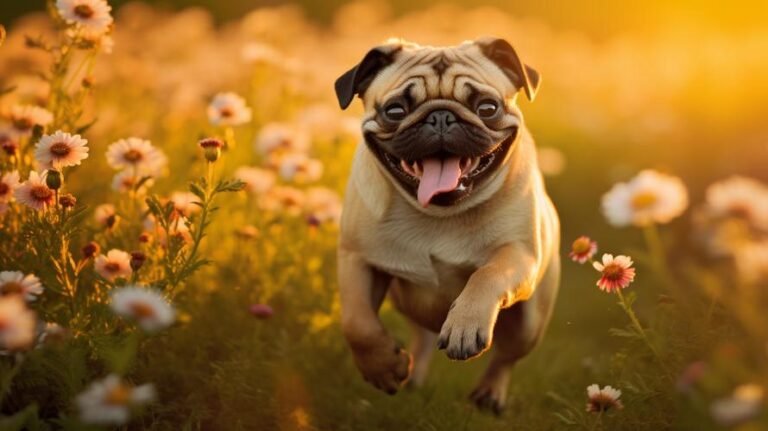Here’s a surprising factoid to wrap your head around: The Pug is one of the oldest dog breeds in the world, with a history dating back over 2,000 years to ancient China. These little dogs with their distinctive wrinkled faces and big, soulful eyes were bred to keep emperors company in their vast palaces. Today, they keep millions of people worldwide company in their homes, acting as a source of joy and comfort.
But is a Pug a high-maintenance dog? This is a question many potential pug parents grapple with, and the answer isn’t always straightforward. Pugs are complicated canine creatures, something like a riddle wrapped in a mystery inside an enigma. Yes, those cute folds and wrinkles need some extra care, but does this translate to high maintenance? Let’s find a definitive answer to this puzzle.
The first thing you should know about Pugs is that they are a brachycephalic breed, which means they have a broad, short skull. This distinctive characteristic is what gives Pugs their signature squished face. However, it also means they can struggle with some health issues. Pugs are prone to both respiratory problems and skin disorders, which can require extra care and attention from their owners.
Does this make them high maintenance? Not necessarily. Remember, all dogs require a certain level of care to stay healthy and happy. Pugs are no different. They need regular exercise, a balanced diet, routine vet check-ups, and, yes, an extra few minutes each day to clean their facial folds. But let’s not forget those pugly keepsakes– their delightful personality traits.
Pugs are social butterflies and they love being around their families. Their loving nature and happy-go-lucky attitude make them fantastic companions. Pugs are highly adaptable and can thrive in both apartments and houses. They’re held in high regard for their ability to get along with other dogs, cats, and even children. They’re not overly loud and boisterous, making them ideal roommates.
Admittedly, Pugs can be a bit stubborn. They’re intelligent and quick learners, but sometimes their obstinate nature can make training a tad challenging. Patience, persistence, and positive reinforcement are key to training a Pug. Despite these hurdles, however, the Pug’s friendly, outgoing, and clever nature make them a joy to train. The bond that forms during training sessions can be a source of joy and pride for any proud Pug parent.
Another thing to note is that Pugs are heavy shedders. This means you’ll have to make peace with finding dog hair in everything you own. Regular grooming can help keep the shedding at bay, but Pug hair is something you’ll have to embrace as part of your lifestyle.
One more interesting fact about Pugs is that they are prone to obesity if they’re indulged too much. Put simply, Pugs love food and have a knack for looking adorably pitiful while begging for treats. A balanced diet and regular exercise are crucial for keeping a Pug in tip-top shape.
In conclusion, are Pugs high maintenance? It really depends on your definition of “high maintenance”. Yes, they need some extra care, particularly with their skin and diet, but they’re not as demanding as some breeds can be. Bear in mind, owning a dog is a lifetime commitment that requires devotion and responsibility regardless of the breed. Pugs may test your patience with their stubborn streak and perpetual shedding, but they more than make up for it with their boundless love, devotion, and companionship.
So, if you don’t mind the cleaning, grooming, and a pugnacious attitude from time to time, a Pug might just be the perfect addition to your family. After all, as many Pug parents will tell you, the rewards far outweigh the challenges when it comes to these fun-sized, loving furballs. As with any relationship, it’s the love, respect, and mutual understanding that makes the experience rewarding and special in the end.



